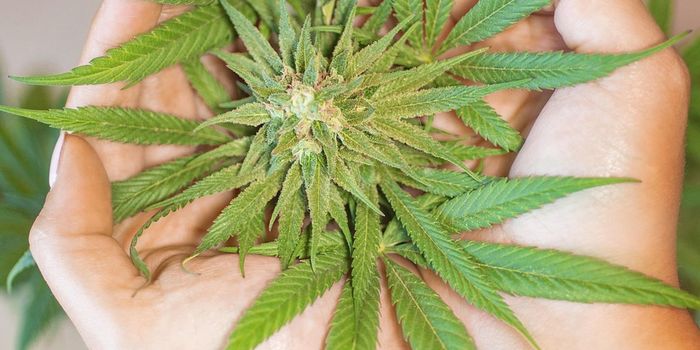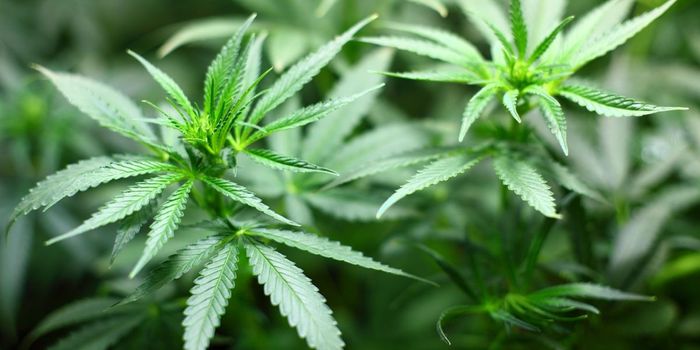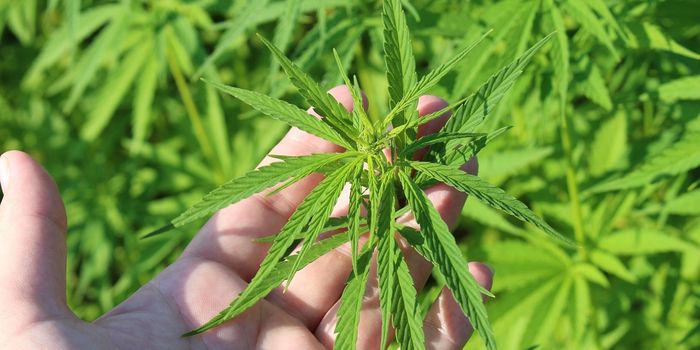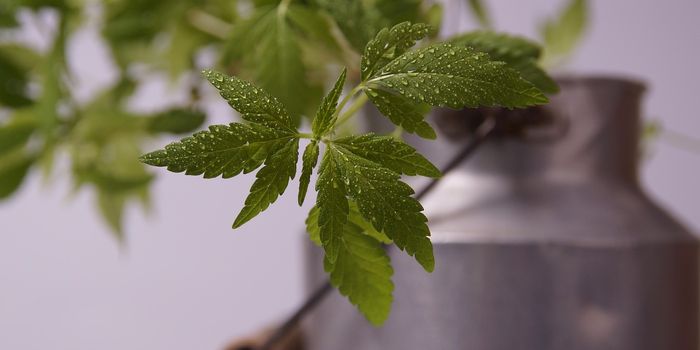Pesticide Residue Prevalent in Illegal Cannabis
A study revealed a significant contrast in safety between cannabis grown for the legal versus illegal markets in Canada. The study published in the Journal of Cannabis Research found that 92% of unregulated or illicit market cannabis tested positive for various pesticides. In contrast, only 6% of regulated products tested positive for pesticide contamination. The study is one of the first to use multi-residue analysis for comparing pesticide levels in cannabis available on the licensed and illicit cannabis markets.
The researchers tested 36 cannabis samples from licensed cannabis product retailers and 24 from cannabis confiscated by law enforcement officials. The research team used a modified quick, easy, cheap, effective, rugged, and safe (QuEChERS) sample preparation method. They used a combination of gas chromatography to analyze 327 pesticide active ingredients often used in cannabis cultivation pesticide prevention solution.
92% of the illicit market samples tested positive for potentially dangerous chemicals. The legal cannabis samples had a lower contamination rate than the illegal market cannabis samples.
The samples of legal cannabis had 6% contamination. The study indicated trace amounts of only two pesticide residues (myclobutanil and dichlobenil). Dichlobenil is not one of the 96 pesticides that Canadian cannabis regulations mandate for screening.
The study identified 23 unique active pesticide ingredients. Samples contained an average of 3.7 different pesticides.
Although Canada only recently established mandatory testing requirements in 2019, the quality of regulated cannabis has significantly improved. The contamination rate in 2019 was roughly 30%, while this study revealed 6% for samples of legal cannabis. Cannabis regulation is critical to ensuring product safety and quality.
Illegal operations are still highly active in states with legal cannabis, so cannabis users purchasing cannabis on the black market are at increased risk of consuming tainted cannabis flower. The study’s findings inform regulatory policy development pertaining to cannabis cultivation and testing standards.
Sources: Journal of Cannabis Research, Marijuana Moment








